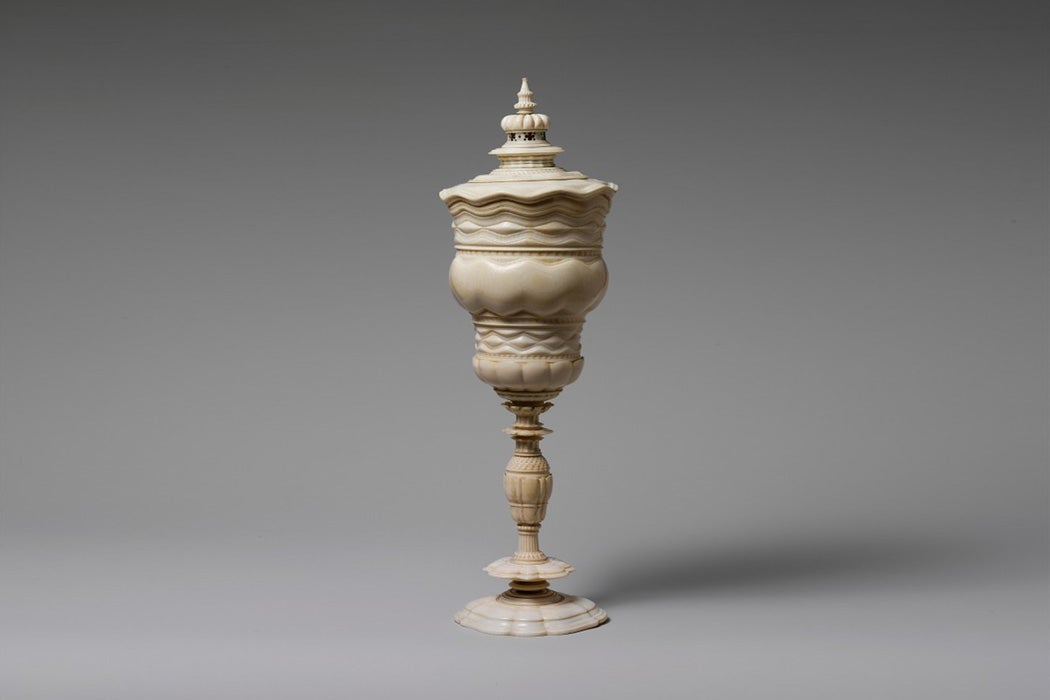Here is an interesting article I came across that should make a few of you blink twice.
These Bizarre Ivory Cups Were Carved by Princes | JSTOR Daily

https://daily.jstor.org/these-bizar...l&utm_source=Act-On+Software&utm_medium=email
These Bizarre Ivory Cups Were Carved by Princes | JSTOR Daily

https://daily.jstor.org/these-bizar...l&utm_source=Act-On+Software&utm_medium=email

